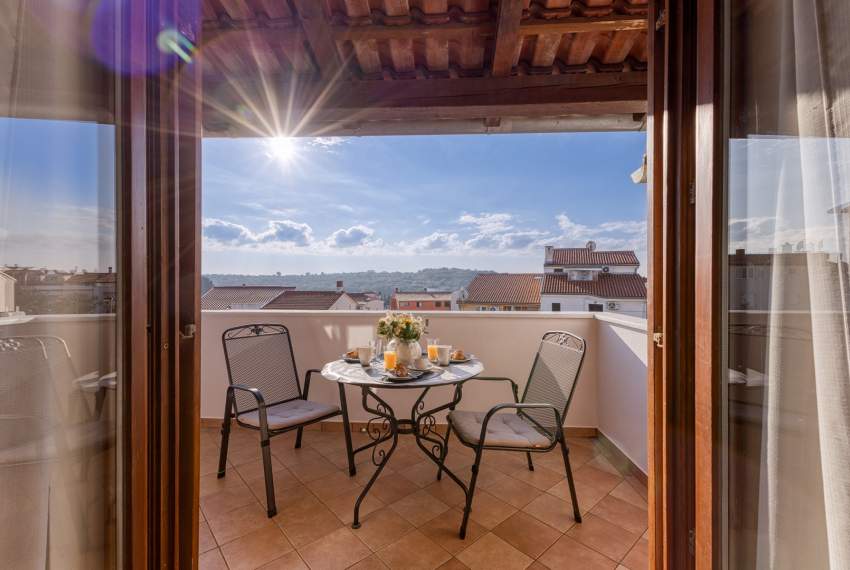Tax Obligations for Accommodation Providers in Croatia
Flat-Rate Taxpayers vs. VAT-Registered Operators
In today’s dynamic tourism market, understanding the tax obligations is crucial for the success of accommodation providers. This article provides an in-depth look at the key differences between property owners operating under a flat-rate system and those registered for VAT, with a particular focus on how VAT is applied and the tourist accommodation fee.
Flat-Rate System for Property Rental Providers
Many private rental operators choose the flat-rate (paušal) system because it offers a simplified method of tax calculation without the need for detailed bookkeeping. Under this system, the following three key payments are required:
-
Flat-Rate Income Tax
Providers under the flat-rate system calculate their annual tax liability using predetermined rates based on the number of beds or rental units. This fixed approach eliminates the need for extensive accounting records. -
Tourist Membership Fee
Property owners must pay an annual membership fee to their local tourist board. The fee is typically calculated based on the capacity of the accommodation, such as the number of beds or units offered. -
Tourist Accommodation Fee
Also known as the “residence fee,” this charge is collected from guests as part of their stay and then remitted by the provider to the relevant authorities. The fee is recorded through the eVisitor system, ensuring a transparent and streamlined process.
These three elements form the core of the financial obligations for flat-rate operators, offering a straightforward and low-administrative-cost method of complying with tax regulations.
VAT-Registered Accommodation Providers
Providers who exceed a specific revenue threshold—or who opt to voluntarily register for VAT—are required to maintain detailed business records and regularly file VAT returns. The main characteristic of this system is:
-
VAT Calculation on Input Invoices
VAT-registered operators must calculate VAT on all input invoices related to their accommodation services. Specifically, a VAT rate of 11.5% is applied to these invoices. Although this system involves more rigorous accounting practices, it also allows operators to claim VAT credits (input VAT deductions), potentially reducing their overall tax burden.
Key Differences Between the Two Systems
1. Calculation Methodology
-
Flat-Rate System:
Tax liability is predetermined based on factors such as the number of beds or rental units, with no need for detailed bookkeeping.
-
VAT System:
Taxes are calculated based on actual income and expenses, with VAT applied to input invoices at a rate of 11.5%.
2. Administrative Requirements
-
Flat-Rate Operators benefit from a simplified process that involves fixed payments for the income tax, tourist membership fee, and accommodation fee.
-
VAT-Registered Providers must maintain comprehensive financial records, issue detailed VAT invoices, and submit periodic VAT returns, increasing their administrative workload.
3. Cost Efficiency
-
Flat-Rate System:
Although it offers a lower administrative burden, it does not provide the benefit of input VAT deductions.
-
VAT System:
The ability to deduct input VAT can reduce the effective tax rate; however, it comes with the cost of additional record keeping and compliance efforts.
Conclusion
Choosing between the flat-rate system and the VAT system depends on the specific circumstances of each accommodation provider, including revenue levels and administrative capabilities. Flat-rate taxpayers enjoy a streamlined tax process based on a fixed income tax, tourist membership fee, and accommodation fee, while VAT-registered operators face more complex accounting requirements but benefit from the possibility of VAT deductions on input expenses.
For optimal business performance and compliance with Croatian tax regulations, it is advisable to consult with a tax professional who can help determine the most suitable tax regime for your operation.





